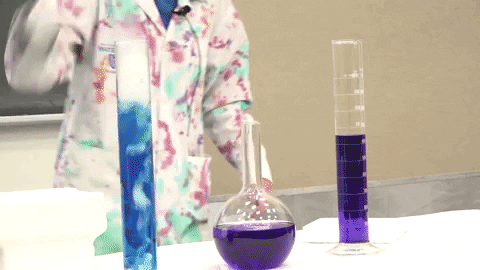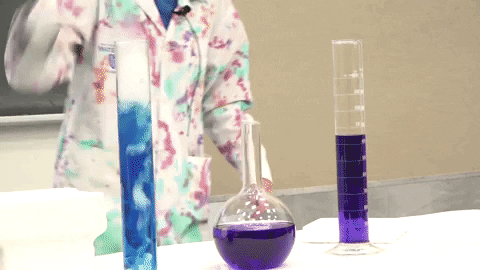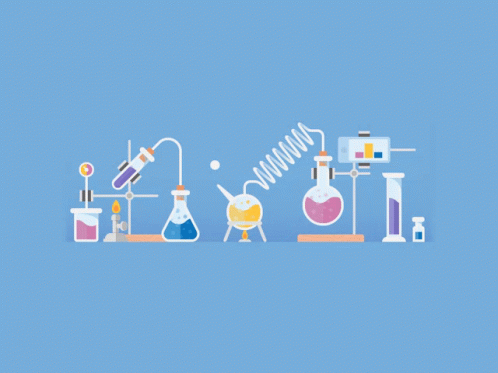What is Physical Chemistry?
Wed, 30 Aug 2023

Follow the stories of academics and their research expeditions

When a bond forms between a cation and an anion, we call it an ionic bond. Ionic bonds occur when the cation donates electrons to the anion so that way they can both have an entire outer shell.
An ionic bond is an electrostatic attraction between two oppositely charged ions formed when one atom transfers electrons to another.
For example, when sodium (Na) bonds with chlorine (Cl) to make the compound NaCl, the sodium ion (Na+) donates one electron to the chlorine ion (Cl-). Sodium has one valence electron, while chlorine has seven valence electrons. They both want to have an entire outer shell and become more stable. So, sodium gets rid of its single electron in the outer shell and gives it to chlorine since chlorine needs one electron to fill its outermost shell. Even atoms like to help others by giving away what they don't need to those who do!

Wed, 30 Aug 2023

Wed, 30 Aug 2023

Fri, 18 Aug 2023

nZkkAbWB nZkkAbWB
Sat, 21 Dec 2024
Reply